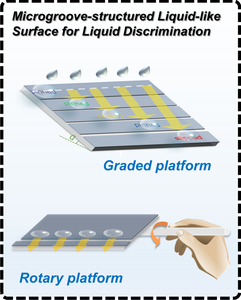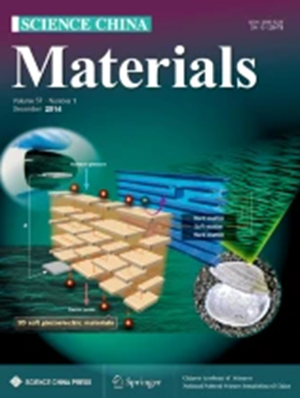Discriminating between different liquids using surfaces with special wettability holds significant implications for both fundamental research and practical applications. However, current differentiation surfaces still struggle with challenges such as complex microstructure design, a limited detection range, and poor stability. In this study, we present a new platform for droplet discrimination achieved through a combination of groove structures and a liquid-like polydimethylsiloxane (PDMS) brushes coating. The PDMS brushes coating exhibits excellent stability and low adhesion across a wide range of liquids with surface tensions ranging from 27.5 to 72.8 mN/m, while the groove structure provides distinct energy barriers for droplet sliding. Consequently, liquids with varying surface tensions can be effectively discriminated, as evidenced by the increased sliding angles (SAs) observed as liquids with lower surface tension moving across the groove. Furthermore, we utilized a three dimensional (3D) model of the droplet developed using Surface Evolver, and conducted energy variation calculations during droplet sliding across the groove to analyze the SA differences among liquids with different surface tensions. Additionally, we proposed two simple differentiation platforms that successfully demonstrated effective droplet discrimination. This work introduces a novel strategy for droplet discrimination, offering innovative ideas for the design of functional surfaces. These findings may potentially be applied in other fields involving droplet manipulation, such as droplet-based microchemical reactions and bio-detection.



